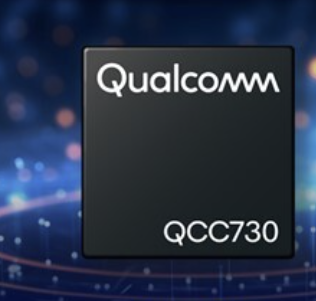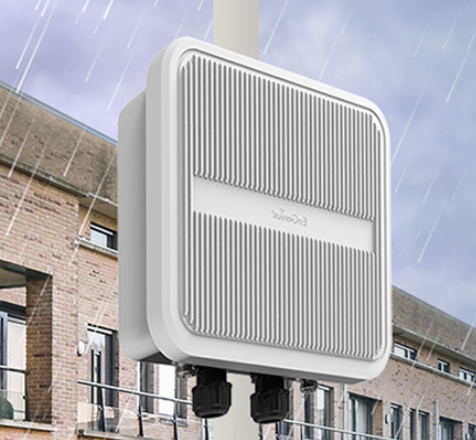
By Claus Hetting, Wi-Fi NOW CEO & Chairman
Enjoying this story?
Leave your email here and we'll get you all the latest Wi-Fi news.
Despite turbulent times Wi-Fi has had a couple of spectacular years – but that is little compared to what lies ahead. In particular 2023 is looking like a transformational year for the Wi-Fi industry as multiple tributary streams come together to bring about a raft of new use cases, innovation, and opportunities for growth. Here’s an overview of industry commentary made available by the Wi-Fi Alliance recently. Need I say we agree?
It is probably fair to say that no wireless technology in history has advanced faster than Wi-Fi over the last couple of years – and progress has raced ahead largely unperturbed by global socio-economic disruptions. The steep evolutionary climb is set to continue in 2023 – and probably more forcefully – as much of the industry’s persistent standardization and regulatory work comes to fruition. Wi-Fi Alliance released this blog succinctly mapping out the trends & opportunities ahead for 2023.

The giant Swiss Army Knife of wireless that is Wi-Fi keeps adding more blades and tools – and as a result opportunities to innovate and grow are multiplying. One of the most elegant tech inventions of 2022 introduces Wi-Fi as an integral part of the new Matter standard for IoT. This means the era of interoperable smart home IoT has finally begun – as evidenced at CES – and no doubt Matter will begin to come to fruition in 2023.
In many ways Matter and Wi-Fi is the perfect marriage: Wi-Fi will deliver secure and standardised IP-native connectivity for any kind of IoT device – battery-operated or otherwise – and will support the vast majority of use cases, starting with smart home IoT and expanding in future years to include industry and enterprise. Also read Wi-Fi Alliance’s statement on Matter here and don’t miss Silicon Lab’s Ross Sabolcik’s commentary here.
Meanwhile Wi-Fi IoT has had a spectacular year on another front – meaning with regards to Wi-Fi HaLow. Wi-Fi HaLow is little known today although this is likely to change in 2023. The technology – which was defined as a Wi-Fi standard & certification program by the Wi-Fi Alliance in 2016 – had 2022 as a breakthrough year with HaLow chipset vendor Morse Micro landing large-scale financing leading to the release of the world’s first Wi-Fi HaLow device just weeks ago: A security camera. Watch this space for a lot more about Wi-Fi HaLow.

But the biggest transformation and success story – one that became evident in 2022 and is due to accelerate this year – is arguably the expanding global adoption of the 6 GHz band. Wi-Fi Alliance says the new band is now available in 60 countries. According to the latest information from Intel, more than 1200 Wi-Fi 6E devices have now been commercially launched (although not all are Wi-Fi CERTIFIED). Wi-Fi Alliance says it expects Wi-Fi 6E to continue to expand its market reach to support high-density connectivity applications in stadiums, arenas, campus networks, and healthcare.
In the blog Wi-Fi Alliance also highlights the importance of Wi-Fi certification in general – a cornerstone of the growing Wi-Fi ecosystem – and key programs including Wi-Fi CERTIFIED EasyMesh as well as Wi-Fi CERTIFIED QoS Management.
Last but not least: We want to add Location Based Services with Wi-Fi to the list of innovations to keep an eye on in 2023. A tremendous amount of effort has gone into developing and bringing to market new 802.11 standards-based technology that will (eventually – but within the foreseeable future) drive down Wi-Fi-based location services to finer than 10 cm accuracy. Find out more about Wi-Fi LBS standards in our recent interview with IEEE 802.11 Working Group Chair Dorothy Stanley here.
/Claus.









